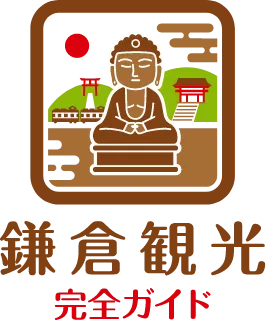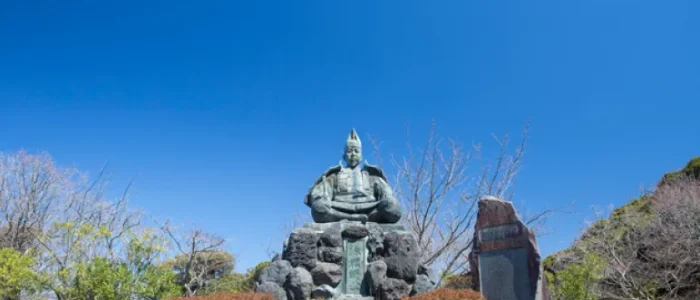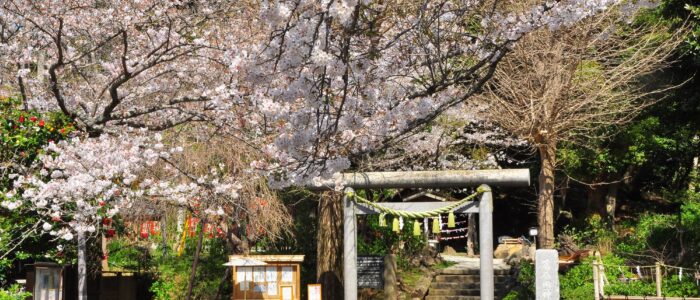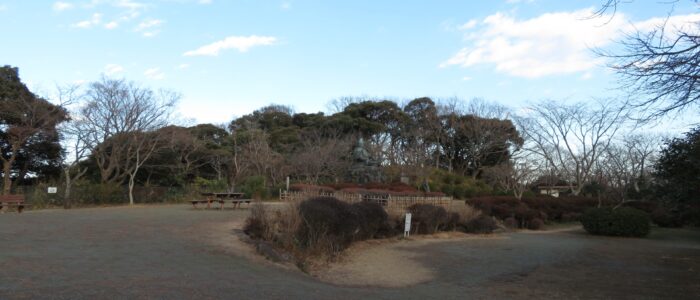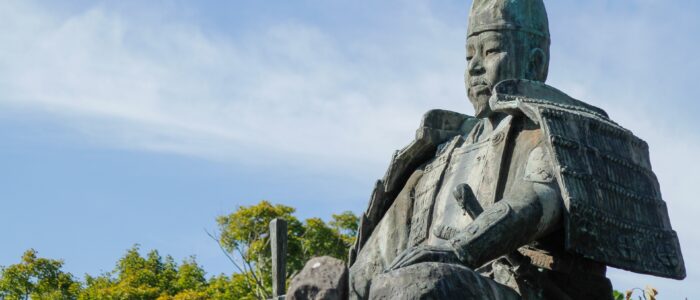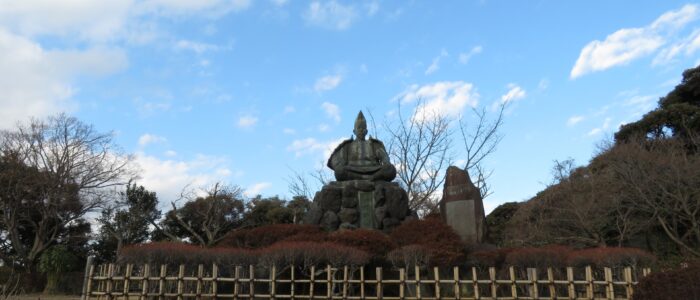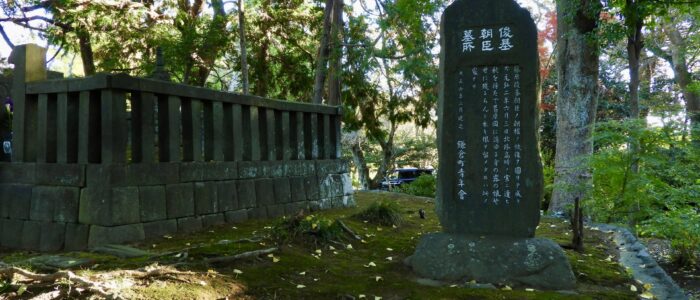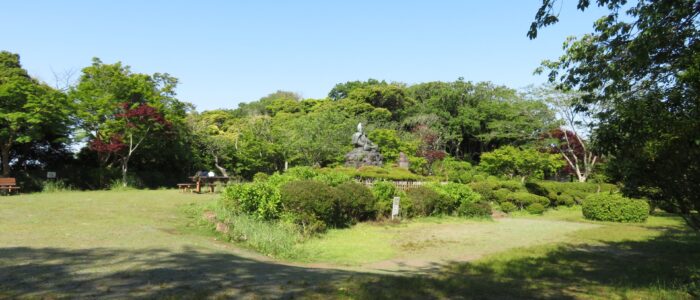Genjiyama Park (源氏山公園)
Discover Genjiyama Park (源氏山公園)
Located atop a gentle hill just outside Kamakura’s central area, Genjiyama Park is a harmonious blend of nature and history, developed in 1966. Once known as Shirahatayama (白旗山) or Hatatateyama (旗立山), this sacred ground is said to be where Hachiman Taro Yoshiie (八幡太郎義家), son of Minamoto no Yoriyoshi (源頼義) and an ancestor of Minamoto no Yoritomo (源頼朝), raised a white flag in prayer for victory. Yoritomo’s father, Minamoto no Yoshitomo (源義朝), is also believed to have had his residence near the present-day Jufuku-ji Temple (寿福寺), showing the area’s spiritual significance to the Genji clan.
Highlights: Landscape, Features, and Nature
At the park’s center stands a 2-meter-tall statue of Minamoto no Yoritomo (源頼朝), erected in 1980 and beloved as a photo spot for visitors. The park is also a midpoint along the Kuzuharaoka–Great Buddha Hiking Trail (葛原岡・大仏ハイキングコース), connecting Kita-Kamakura (北鎌倉) and the Great Buddha of Kamakura (鎌倉大仏). Cherry blossoms in spring, hydrangeas in early summer, and colorful foliage in autumn make each visit feel unique.
Cultural Significance and Local Beliefs
Kuzuharaoka Shrine (葛原岡神社), located within the park, enshrines Hino Toshimoto (日野俊基), a retainer of Emperor Go-Daigo (後醍醐天皇), and is known as a shrine for love and matchmaking. To the south lies Zeniarai Benzaiten Ugafuku Shrine (銭洗弁財天宇賀福神社), where visitors can wash their coins to pray for financial fortune—an iconic spiritual tradition in Kamakura.
Local Experience: Food, Rest, and Atmosphere
Locals often bring homemade bento to enjoy picnics here, making it a great place to experience everyday Japanese culture. Numerous benches and open spaces allow hikers and visitors to rest, snack, and enjoy the scenery at their own pace.
How to Get There from Tosh’s Place (トシズプレイス)
The park is about a 25-minute walk from either Kamakura Station (鎌倉駅) or Kita-Kamakura Station (北鎌倉駅). There is no dedicated parking, so drivers should use nearby paid parking. While there are no official opening hours, visiting before sunset is recommended due to limited lighting.
Best Times and Seasons to Visit
Weekdays and early mornings offer the quietest atmosphere. Cherry blossoms bloom from late March to early April, hydrangeas peak in mid-June, and the best autumn foliage appears from late November to early December. On clear winter days, Mt. Fuji may even come into view.
Nearby Spots: Explore on Foot
Nearby are historic temples like Jufuku-ji Temple (寿福寺) and Eisho-ji Temple (英勝寺). The Kewaizaka Pass (化粧坂切通し), a designated National Historic Site, gives a sense of Kamakura’s ancient defense routes. Also within walking distance are Zeniarai Benzaiten (銭洗弁財天) and Sasuke Inari Shrine (佐助稲荷神社), making for a rich half-day walking course.
Who Should Visit?
Perfect for those interested in history, nature lovers, or travelers seeking peaceful walks. Fit visitors can explore hiking trails, while others can enjoy birdwatching or reading quietly on a bench surrounded by forest.
Wrap-Up: Genjiyama’s Appeal × the Comfort of Staying at Tosh’s Place
Genjiyama Park offers a uniquely Kamakura experience where nature and samurai history converge. Staying at Tosh’s Place (トシズプレイス) gives you the flexibility to visit early in the day, making it an ideal starting point. Morning hours can be used freely, and some accommodations like Villa Kamakura even offer hiking gear—making your journey easier, safer, and more memorable.
